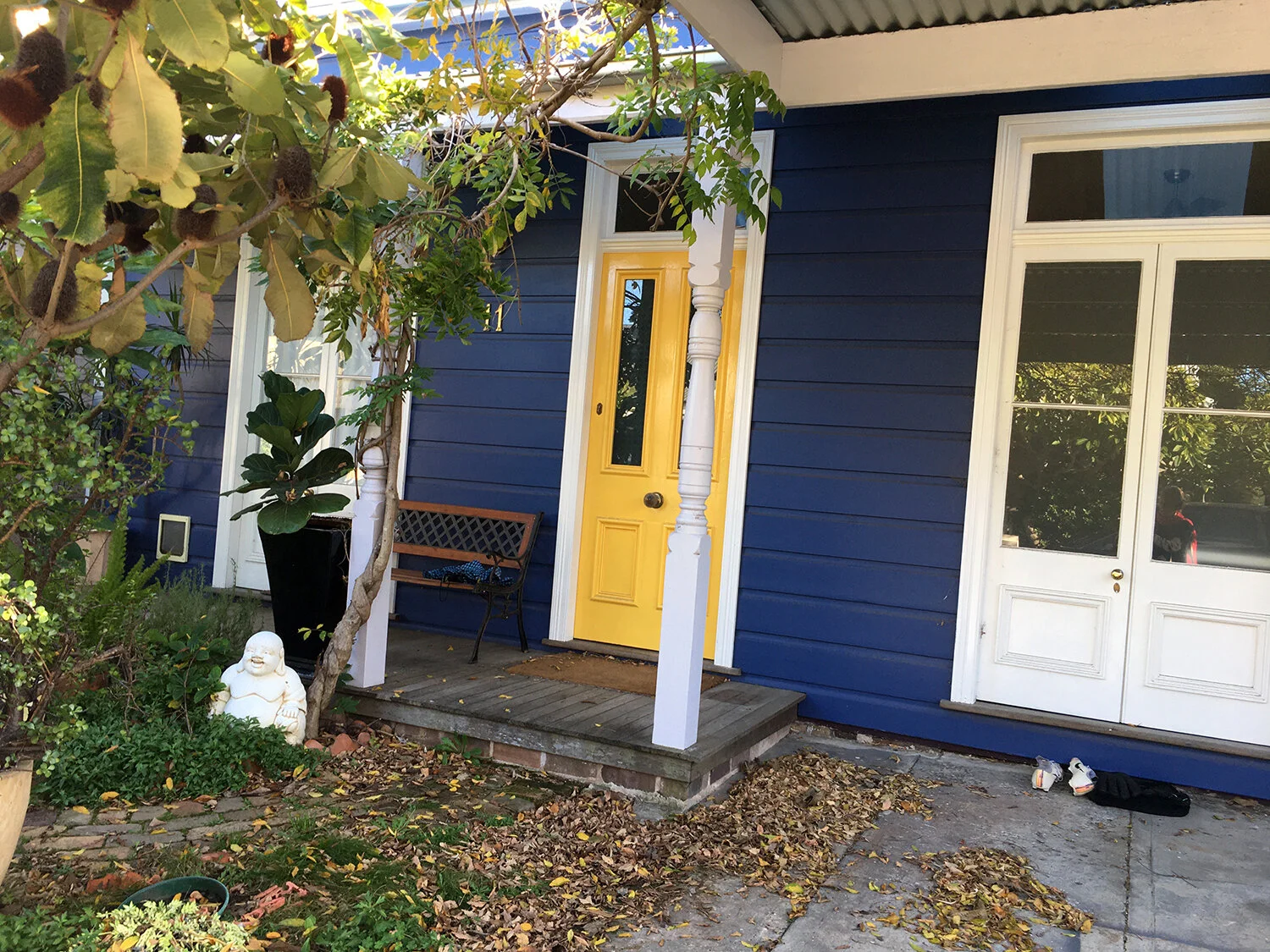Mary Street, Burwood on Sunday, 12 July 2020
It’s a small street near the train station at the back of the main shopping strip in Burwood Road. On one side is a newish high apartment building with a glass shopfront, featuring a jewellery shop and a restaurant. On the other side, stretching all along the street is an old, grey-painted building. It seems to be empty. Looking at its new neighbours, I guess it probably won’t survive very much longer. I discover an alley at the back. At the corner, it is revealed that the building belonged to the Police Citizens Boys Club, chiselled in big bold letters into the wall. I first thought this was a club for the police when there were hardly any women in the force and the men felt like boys among themselves playing snooker and clapping each other on the shoulder.
People who grew up in Sydney probably know what the club really stands for. But my uninformed guess is not entirely ridiculous when you know that exclusive all-male institutions still exist, like The Australian Club in Sydney, frequented by the likes of John Howard and George Pell.
The Police Citizens Boys Club was founded by Police Commissioner William John MacKay in 1937 to keep boys from poor neighbourhoods off the streets and offer them a better chance in life. I found a newsreel from 1939 in the National Film and Sound Archive, praising the club as one of the greatest and most humane organisations in the world. They offered sports activities and a safe environment for socialising. Apparently also helped with finding jobs and enabling the boys when they were grown up to “move their families to a better residential area”. All this is delivered in the typical male newsreader voice of the 30s and 40s. Today the club includes females and has still a similar function.
The alley behind Mary Street features back doors of food shops and restaurants, milk crates to sit on when you step out from work for a break, kitchen smells, music sounding faintly from somewhere inside, towels drying on a rack next to a shiny BMW. In one corner we are urged not to pee, an unofficial inscription in scrawly letters.
The lockdown is over, but restrictions still remain. There are some places where you can sit inside with a limited number of people, some only offer takeaway and others haven’t survived.






























































































































